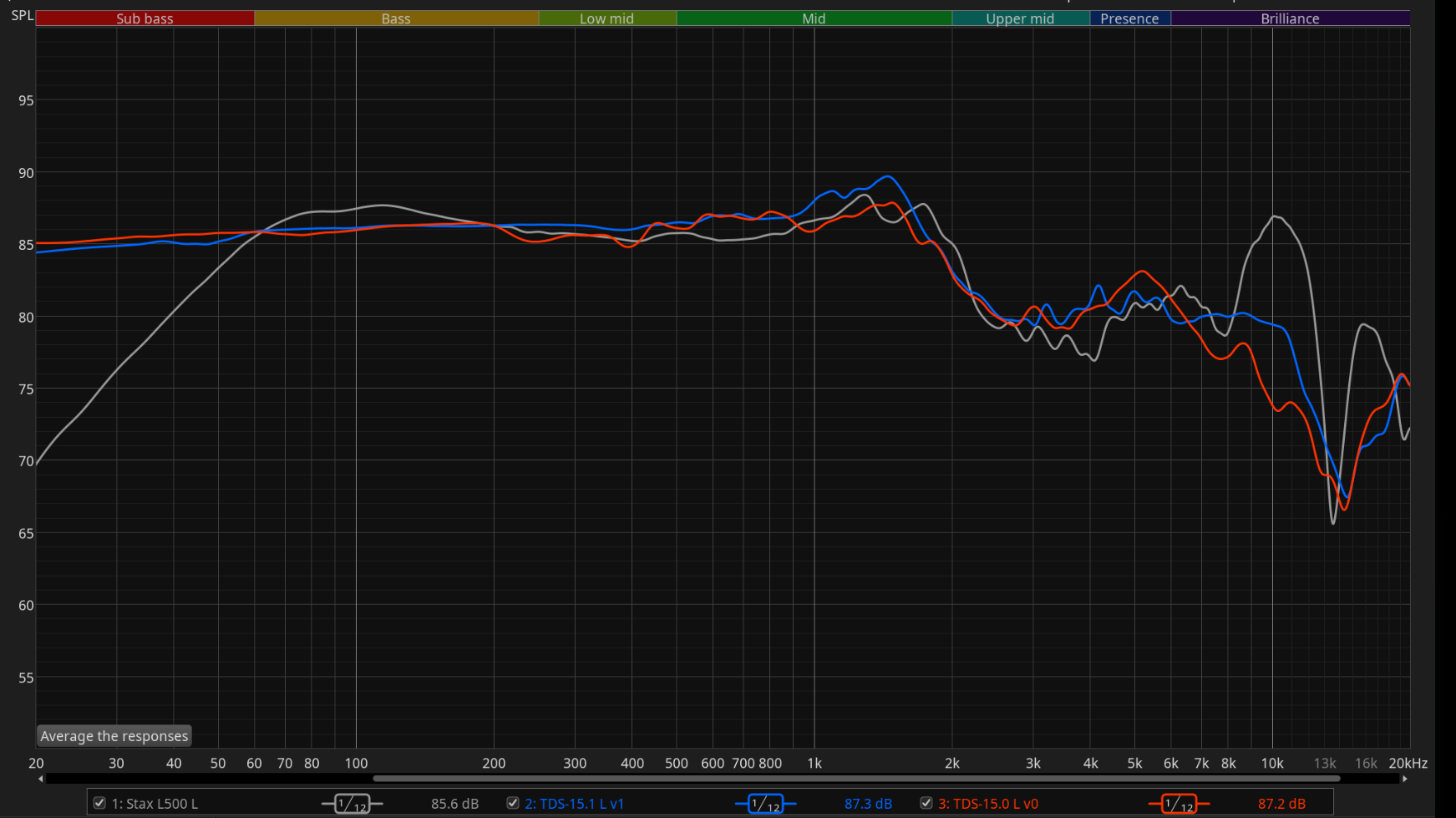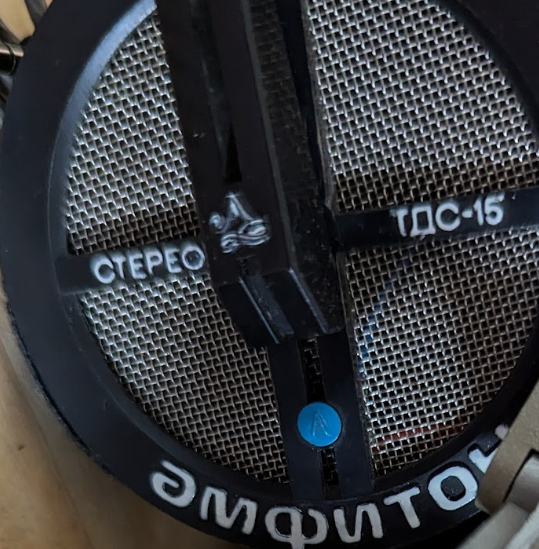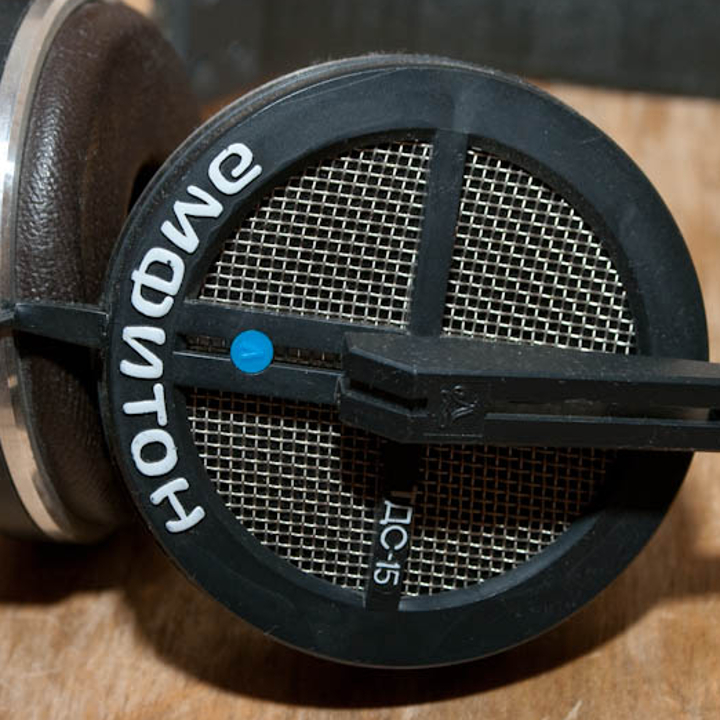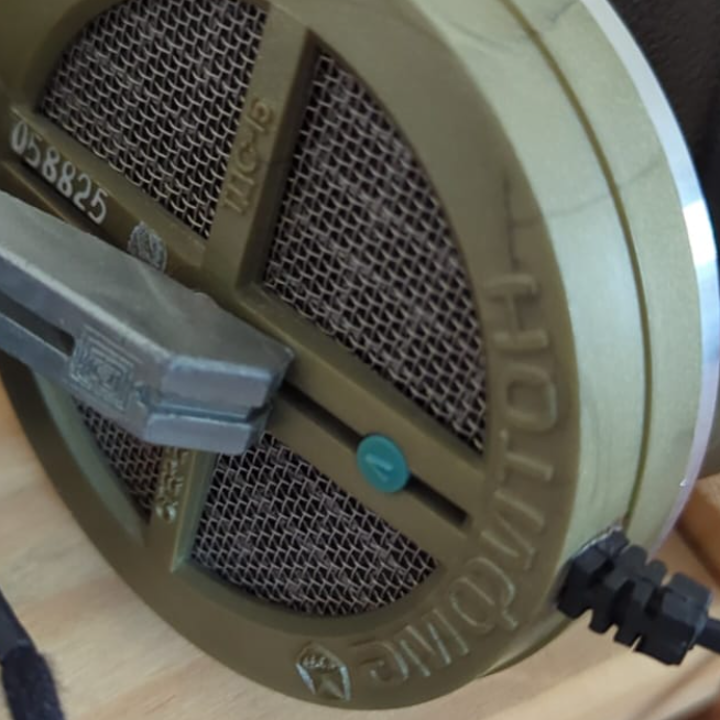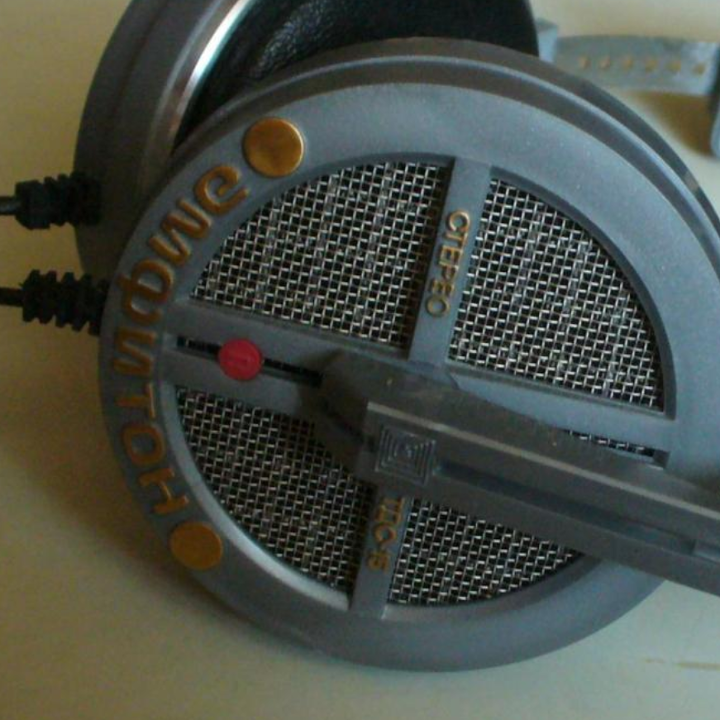HeadphoneGits
Amfiton TDS-15
Vintage Planars / Soviet Planars / Amfiton TDS-15
Impedance: 16 Ohm
Sensitivity: 94 dB
Frequency range: 20-20,000 Hz
Rated power: 2 mW
Nameplate power: 1000 mW
Dimensions: 24019575
Weight: 300 grams
Magnet brand: 15BA300
Dimensions of magnetic rods: 5563.5 mm
Membrane material: polyethylene terephthalate film, aluminum foil FDL-A-2 15 microns
Thickness of coil conductors: 10 microns
Number of turns: 10
Cable brand: LPPV 4*0.8 mm2
Frequency response from manual (recent measurements at the bottom of the page).

Links
Modding
Replacement pads can be found on Aliexpress: Sony MDR-ZX100 / V150 corrugated pads are a good substitute. Just cut the bottom lip and fix using double-sided tape. To protect the driver, small discs of acoustically neutral foam can be used to cover the pad holes.
Once pads are replaced damping is generally very easy: soft woolen or synthetic tissue seems to work well, one or two discs in the back are generally enough. Cotton pads as used in the Russian forum also work, but tend to reduce mids and raise highs too much for these headphones.
Disassembly is very easy: remove the silver outer rings rings, then flex the clips to slide the driver assembly out (pictures). Driver polarity is commented on in this lossy.ru post and its replies.
Production variants
Relief on the side indicates production factory, as usual with Soviet-made headphones. Cable strain reliefs and markings are also different across production runs, and even inside the same factory.
Leningrad factory
Smooth strain reliefs. “Stereo” markings on cup can be missing.
Some Leningrad versions have gold driver tracks and grilles.
TODO(ludo): take better shots
Chișinău (Kishinev) factory
Different grilles, ridged strain reliefs, USSR logo before “Amfiton” marking can be replaced by dots, markings can be colored in gold.
TODO(ludo): take better shots
Sverdlovsk
Different markings on the cups, use of screws, seems related to this model and be from the Sverdlovsk factory (logo identification).
Unidentified versions
No “stereo” relief on left side of cups, colored strain relief similar to the TDS-16/16 (possibly indicative of manufacturing at the NPO Kvant plant in Kiev).
Measurements
Reference Audio Analyzer Pro measurements.
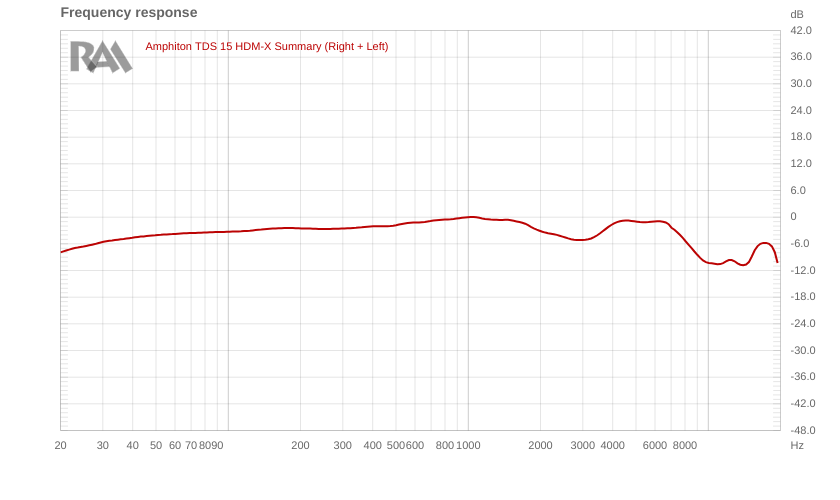
Flat plate custom rig measurements using an Umik-1 microphone. Red = Leningrad version, Blue = Kishinev green version, Grey = Stax L500 as reference. Similar damping used on the two headphones but different materials, which could explain in part the minor differences in frequency response.
